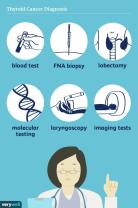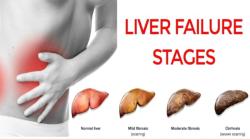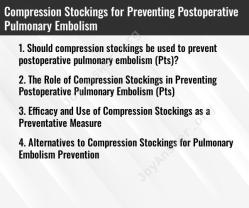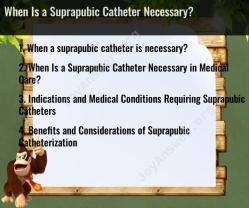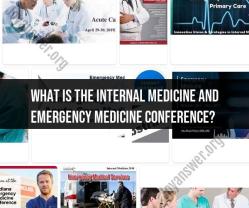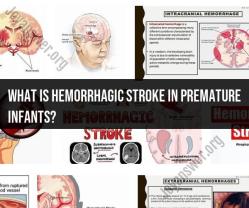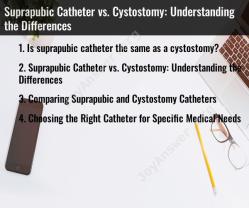How is a hemorrhagic stroke treated?
Hemorrhagic stroke is a medical emergency that occurs when there is bleeding in the brain. It is important to note that the treatment of hemorrhagic stroke is quite different from the treatment of ischemic stroke, which is the more common type of stroke caused by a blood clot blocking a blood vessel in the brain. Here are the key medical approaches to treating a hemorrhagic stroke:
Emergency Medical Attention: If someone is suspected of having a hemorrhagic stroke, it is crucial to call 911 or seek immediate medical attention. Time is of the essence to minimize brain damage.
Stabilization: Upon arrival at the hospital, the patient will be assessed and stabilized. This may include measures to control blood pressure, heart rate, and other vital functions to prevent further bleeding.
Imaging Tests: To diagnose the type and location of the bleeding, the medical team will often use imaging tests such as a CT scan or MRI. These scans provide critical information for treatment decisions.
Surgery: In some cases, surgical intervention is necessary to stop the bleeding and remove the blood clot or hematoma. Surgical procedures may include:
- Craniotomy: A section of the skull is temporarily removed to access and repair the bleeding vessel.
- Endovascular Procedures: Minimally invasive techniques, such as coiling or embolization, may be used to block or repair the damaged blood vessel.
Blood Pressure Management: Controlling blood pressure is crucial to prevent rebleeding and further damage to the brain. Medications may be administered for this purpose.
Intracranial Pressure (ICP) Management: High ICP can result from the swelling caused by the bleeding. Treatments such as osmotic diuretics, cerebrospinal fluid drainage, or other measures may be used to lower ICP.
Seizure Prevention: Hemorrhagic strokes can increase the risk of seizures. Seizure prophylaxis with antiepileptic drugs may be considered, especially in cases of subarachnoid hemorrhage.
Management of Other Medical Conditions: The medical team will address any underlying medical conditions that may have contributed to the hemorrhagic stroke, such as high blood pressure or coagulation disorders.
Rehabilitation: After the acute phase of treatment, rehabilitation plays a significant role in helping patients recover from a hemorrhagic stroke. Physical therapy, occupational therapy, speech therapy, and other rehabilitation services may be provided to address motor, cognitive, and communication deficits.
Medication: Certain medications may be prescribed to manage symptoms, prevent complications, and address the underlying causes of the stroke, if applicable. This could include anticoagulants for blood-thinning or antihypertensive drugs for blood pressure control.
It's important to note that the treatment approach for a hemorrhagic stroke depends on the specific circumstances, including the location and size of the bleeding, the patient's overall health, and the underlying causes of the stroke. Prompt medical attention and specialized care in a stroke center or neurological unit are essential for the best outcomes. The sooner treatment is initiated, the better the chances of minimizing brain damage and improving the patient's recovery prospects.
Treating Hemorrhagic Stroke: Medical Interventions and Care
The primary goal of treating hemorrhagic stroke is to stop the bleeding and prevent further damage to the brain. This may involve a combination of medical interventions and supportive care.
Medical Interventions
The following medical interventions may be used to treat hemorrhagic stroke:
- Surgery: Surgery may be necessary to remove the blood clot or to repair the damaged blood vessel.
- Endovascular coiling: This minimally invasive procedure involves inserting a catheter into the blood vessel and delivering a platinum coil to block off the aneurysm.
- Clipping: This procedure involves placing a metal clip on the aneurysm to block off the blood flow.
- Medications: Medications may be used to lower blood pressure, control seizures, and reduce inflammation.
Supportive Care
Supportive care is essential for patients with hemorrhagic stroke. This may include:
- Intensive care unit (ICU) monitoring: Patients with severe hemorrhagic stroke may need to be monitored in the ICU. This allows healthcare professionals to closely monitor the patient's vital signs and neurological status.
- Ventilator support: Some patients with hemorrhagic stroke may need a ventilator to help them breathe.
- Fluids and electrolytes: Patients with hemorrhagic stroke may need intravenous fluids and electrolytes to maintain hydration and balance.
- Preventative care: Patients with hemorrhagic stroke may need medications to prevent future strokes, such as blood pressure medications and cholesterol medications.
Emergency Response and Treatment Options for Hemorrhagic Stroke
Time is of the essence when treating hemorrhagic stroke. The sooner the bleeding is stopped, the better the patient's outcome.
If you suspect someone is having a hemorrhagic stroke, call 911 immediately. Emergency responders will be able to assess the situation and transport the patient to the nearest hospital for treatment.
At the hospital, the patient will be evaluated by a doctor who will order tests to determine the type and severity of the stroke. Treatment will then be initiated based on the results of the evaluation.
Rehabilitation and Recovery After a Hemorrhagic Stroke
Recovery after a hemorrhagic stroke can be a long and challenging process. However, with the right support, most patients can make significant progress.
Rehabilitation typically begins in the hospital and continues after the patient is discharged home. Rehabilitation may include a variety of therapies, such as:
- Physical therapy: This therapy helps patients to regain strength and coordination.
- Occupational therapy: This therapy helps patients to learn how to perform activities of daily living, such as bathing, dressing, and eating.
- Speech therapy: This therapy helps patients to improve their communication skills.
In addition to therapy, patients may also need to make changes to their lifestyle to reduce their risk of another stroke. These changes may include:
- Quitting smoking: Smoking is a major risk factor for stroke.
- Eating a healthy diet: Eating a healthy diet can help to control blood pressure, cholesterol levels, and blood sugar levels.
- Exercising regularly: Regular exercise can help to improve cardiovascular health and reduce the risk of stroke.
- Managing stress: Stress can increase blood pressure and the risk of stroke.
Recovery from a hemorrhagic stroke is different for everyone. Some patients may make a full recovery, while others may have long-lasting impairments. However, with the right support and care, most patients can improve their quality of life and live fulfilling lives.







